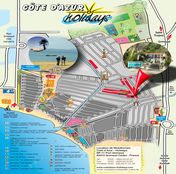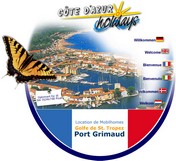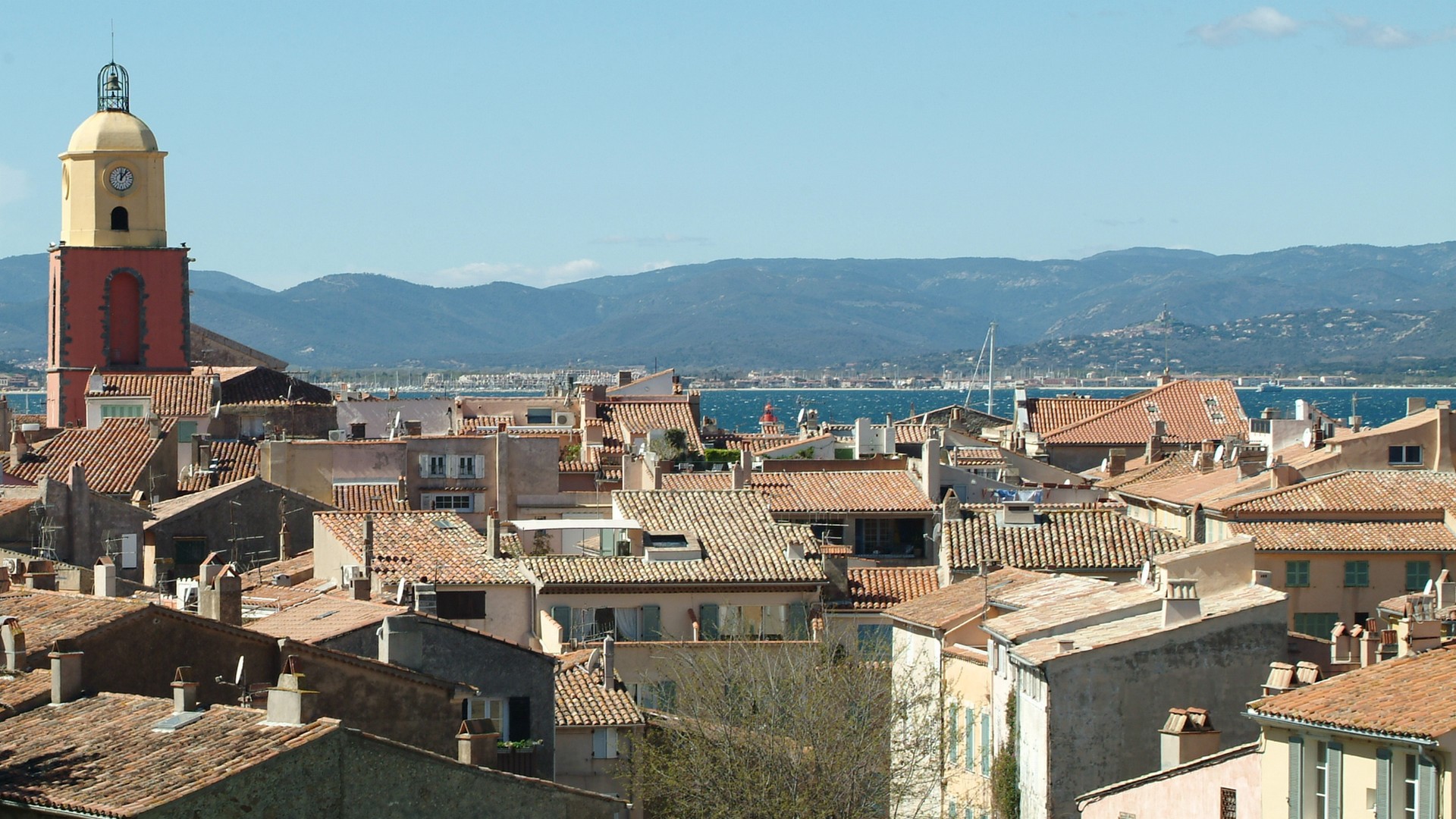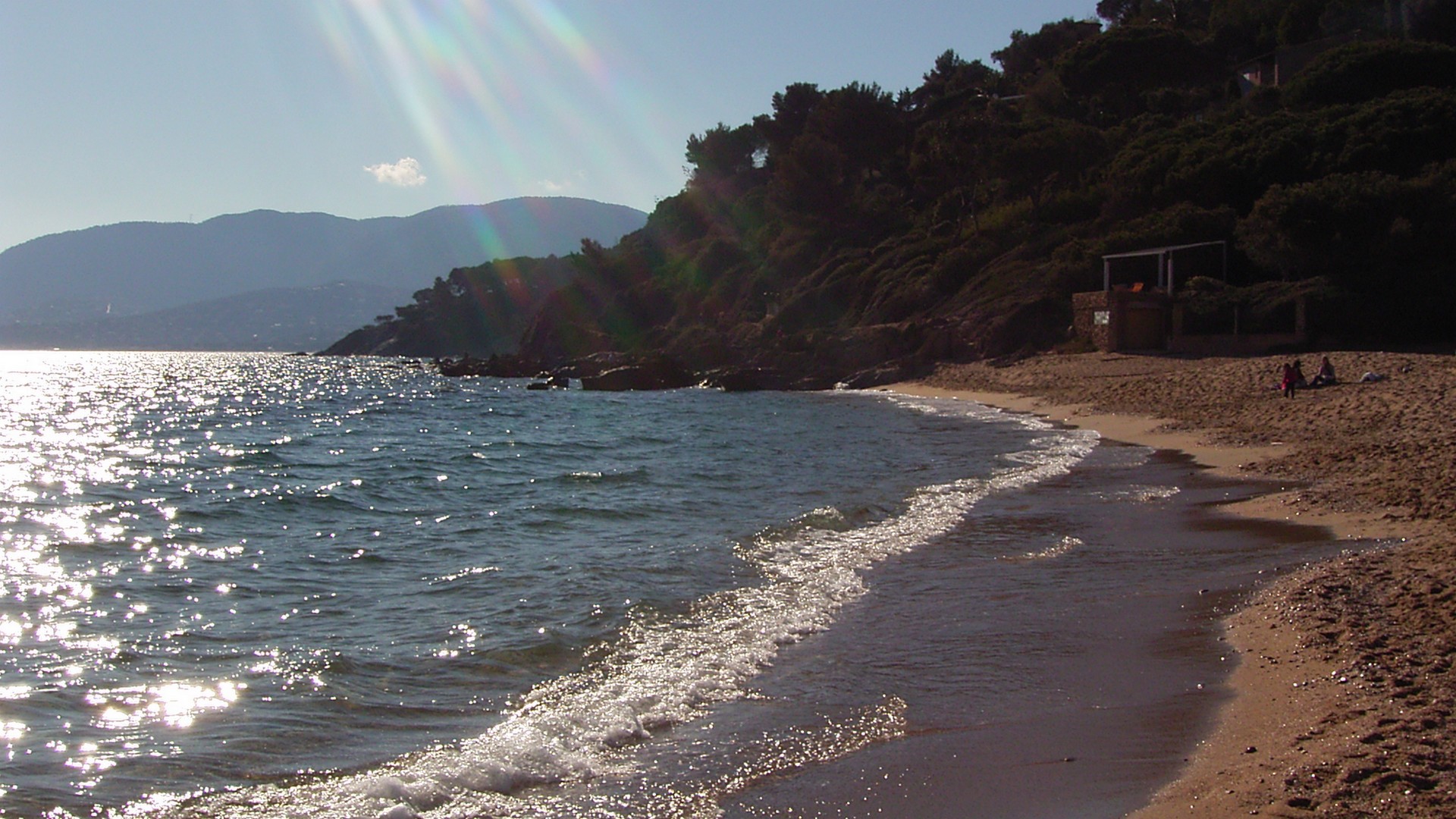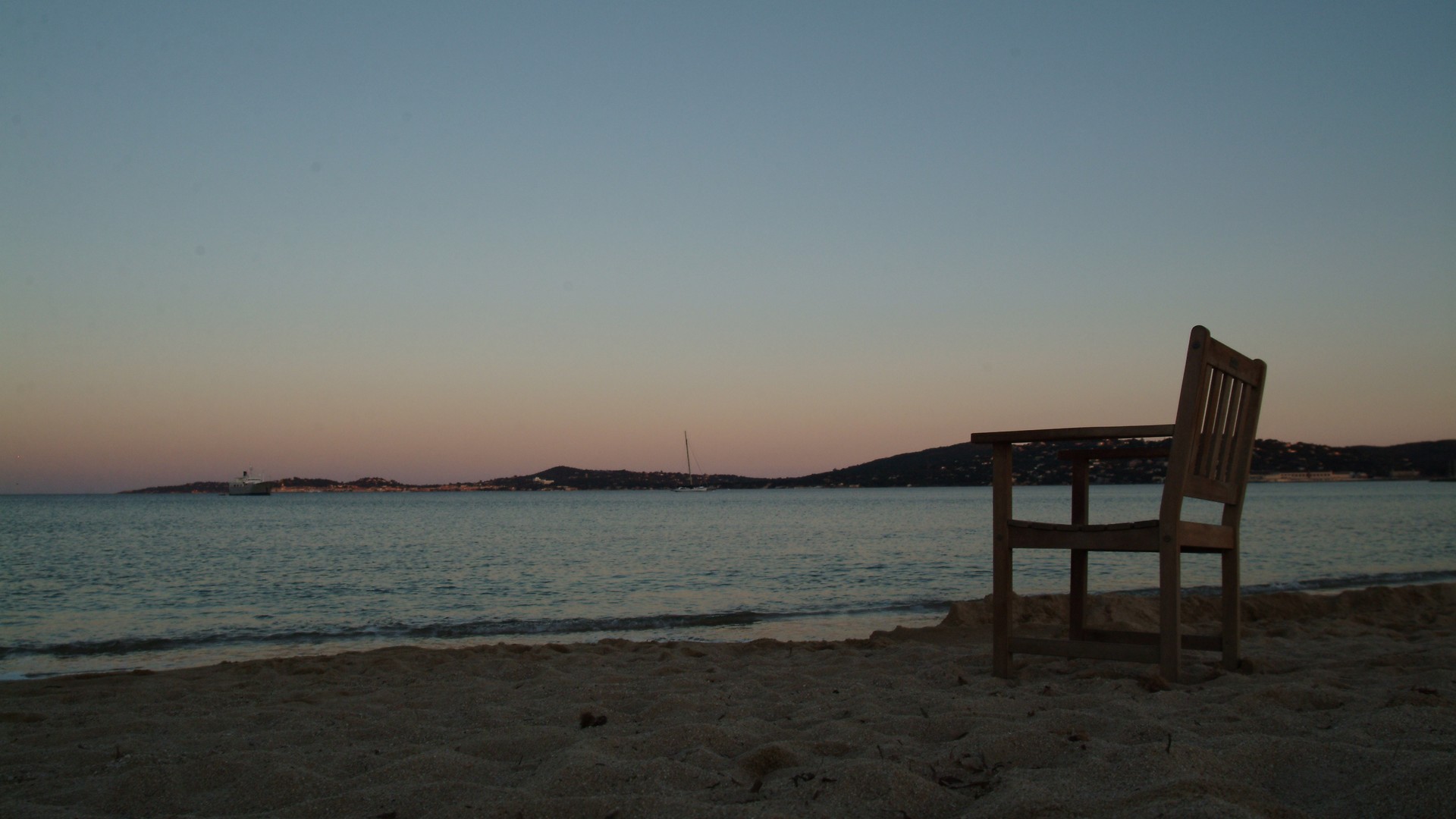|
Monaco!
Monaco has a colorful and fascinating history filled with barbarians, kings and even a movie star. It is a story of castles, epic battles and untold riches. The Grimaldi ascent began one night in 1297, when Francois Grimaldi seized the fortress of Monaco from a rival Italian faction. Disguised as a monk, he successfully led a small army into the fortress reclaiming it in the name of the Pope. The legacy of his daring victory is recorded on Monaco's coat of arms, which bears two monks brandishing swords. Over the next few centuries, Monaco prospered as an important port in major maritime trading routes and as a strategic naval base for European military powers that were constantly vying for control of The Rock. In 1604, Lord Honore II came to the throne and launched Monaco into its "Great Century". Reflecting upon his accomplishments, he deigned himself worthy of a new title, Prince Honore II. Grimaldi rules have proudly held the title of Prince ever since. The French revolution took a heavy toll on European royalty, including the Grimaldis. Monaco was annexed by France and members of the Monegasque royal family were imprisoned. The annexation was cut short with the abdication of Napoleon in 1814, however, and all rights of the Grimadis were restored. In 1861, Monaco relinquished one-half of its territory to France in exchange for cash and independence. On the throne at this time was Prince Charles III. He realized that most of Monaco's natural resources had been lost with the land and something had to be done to reestablish an economic base in the Principality. He decided that the answer was tourism and gambling. In 1863, he established the Societe des Bains de Mer. The company consisted of a handful of hotels, a theater, and a casino, which would soon flourish and become the foundation of the magnificent district of Monte-Carlo. Prince Rainier III ascended to the throne in 1949 and later caught the world's attention with his storybook marriage to actress Grace Kelly. Today, Monaco still stands as a proud monarchy with their son, H.S.H. Prince Albert II as its head of state. In 1997, the Grimaldi family celebrated the 700th anniversary of its reign in Monaco. The Oceanographic Museum  This is one of main attractions for tourists in the Principality (it houses the collections made during the course of numerous cruises of this "Scientist Prince" whose work provides the basis of modern oceanography. One of the vocations of the Museum is to welcome scientists from all over the world who have 2,000 square metres of laboratories at their disposal. On the ground floor, the collections on show represent the complete range of marine and submarine fauna with the often gigantic skeletons of oceanic mammals. Also to be seen are the diving saucers and other equipment used during his researches by Commandant Jacques-Yves Cousteau, This is one of main attractions for tourists in the Principality (it houses the collections made during the course of numerous cruises of this "Scientist Prince" whose work provides the basis of modern oceanography. One of the vocations of the Museum is to welcome scientists from all over the world who have 2,000 square metres of laboratories at their disposal. On the ground floor, the collections on show represent the complete range of marine and submarine fauna with the often gigantic skeletons of oceanic mammals. Also to be seen are the diving saucers and other equipment used during his researches by Commandant Jacques-Yves Cousteau,
The Cathedral of Monaco  The first stone of the Cathedral was laid on 6th January 1875 in the reign of Charles III and construction was completed in 1884. Three years later, the Principality, which until then had come for religious affairs under the See of Nice, was raised to a Diocese attached directly to Rome. Under the terms of a Convention signed on 31st July 1981 between the Holy . The first stone of the Cathedral was laid on 6th January 1875 in the reign of Charles III and construction was completed in 1884. Three years later, the Principality, which until then had come for religious affairs under the See of Nice, was raised to a Diocese attached directly to Rome. Under the terms of a Convention signed on 31st July 1981 between the Holy .
The Exotic Garden  Inaugurated in 1933, after 20 years of work, it presents remarkable specimens of cacti of strange and sometimes amazing shapes, coming from Africa or Latin America, from aloes from the Cape to giant agaves from the Aztec plateaux. A series of favourable climatic features made possible the existence of this "extraordinary garden". With the influence of the Mediterranean, the slope of the cliff on which it is sited, which makes the runoff of rainwater much easier, the orientation of the site which provides the best angle for the rays of the sun and the favourable geographical situation, protected by the mountain screen formed by the Tête de Chien and Mont Agel, all the ideal conditions are united to enable some 7,000 varieties of succulent plants to develop. Thus it has been possible to adapt the flora of the deserts to the Principality, thanks to the work of a team of specialist technicians. Inaugurated in 1933, after 20 years of work, it presents remarkable specimens of cacti of strange and sometimes amazing shapes, coming from Africa or Latin America, from aloes from the Cape to giant agaves from the Aztec plateaux. A series of favourable climatic features made possible the existence of this "extraordinary garden". With the influence of the Mediterranean, the slope of the cliff on which it is sited, which makes the runoff of rainwater much easier, the orientation of the site which provides the best angle for the rays of the sun and the favourable geographical situation, protected by the mountain screen formed by the Tête de Chien and Mont Agel, all the ideal conditions are united to enable some 7,000 varieties of succulent plants to develop. Thus it has been possible to adapt the flora of the deserts to the Principality, thanks to the work of a team of specialist technicians.
The Casino  Famous the world over, its fabulous history was linked from the very beginning with that of the Belle Epoque. Its foundations were laid in 1861, in the reign of Charles III, on the isolated plateau of the Spélugues which was to become, five years later, the new town of Monte Carlo. Today it is the main building, the work of the architect Charles Garnier, surmounted by two pinnacles over a glass roof, with a neo-classical facade, opening on the Monte Carlo side on to a vast staircase leading to the entrance hall which lies in front of the Opera hall. The main building is connected on its left (when seen from the front) to a series of other buildings which house the gaming rooms which are open every day (except 1st May) from midday onwards. Famous the world over, its fabulous history was linked from the very beginning with that of the Belle Epoque. Its foundations were laid in 1861, in the reign of Charles III, on the isolated plateau of the Spélugues which was to become, five years later, the new town of Monte Carlo. Today it is the main building, the work of the architect Charles Garnier, surmounted by two pinnacles over a glass roof, with a neo-classical facade, opening on the Monte Carlo side on to a vast staircase leading to the entrance hall which lies in front of the Opera hall. The main building is connected on its left (when seen from the front) to a series of other buildings which house the gaming rooms which are open every day (except 1st May) from midday onwards.

|
 This is one of main attractions for tourists in the Principality (it houses the collections made during the course of numerous cruises of this "Scientist Prince" whose work provides the basis of modern oceanography. One of the vocations of the Museum is to welcome scientists from all over the world who have 2,000 square metres of laboratories at their disposal. On the ground floor, the collections on show represent the complete range of marine and submarine fauna with the often gigantic skeletons of oceanic mammals. Also to be seen are the diving saucers and other equipment used during his researches by Commandant Jacques-Yves Cousteau,
This is one of main attractions for tourists in the Principality (it houses the collections made during the course of numerous cruises of this "Scientist Prince" whose work provides the basis of modern oceanography. One of the vocations of the Museum is to welcome scientists from all over the world who have 2,000 square metres of laboratories at their disposal. On the ground floor, the collections on show represent the complete range of marine and submarine fauna with the often gigantic skeletons of oceanic mammals. Also to be seen are the diving saucers and other equipment used during his researches by Commandant Jacques-Yves Cousteau,  The first stone of the Cathedral was laid on 6th January 1875 in the reign of Charles III and construction was completed in 1884. Three years later, the Principality, which until then had come for religious affairs under the See of Nice, was raised to a Diocese attached directly to Rome. Under the terms of a Convention signed on 31st July 1981 between the Holy .
The first stone of the Cathedral was laid on 6th January 1875 in the reign of Charles III and construction was completed in 1884. Three years later, the Principality, which until then had come for religious affairs under the See of Nice, was raised to a Diocese attached directly to Rome. Under the terms of a Convention signed on 31st July 1981 between the Holy .  Inaugurated in 1933, after 20 years of work, it presents remarkable specimens of cacti of strange and sometimes amazing shapes, coming from Africa or Latin America, from aloes from the Cape to giant agaves from the Aztec plateaux. A series of favourable climatic features made possible the existence of this "extraordinary garden". With the influence of the Mediterranean, the slope of the cliff on which it is sited, which makes the runoff of rainwater much easier, the orientation of the site which provides the best angle for the rays of the sun and the favourable geographical situation, protected by the mountain screen formed by the Tête de Chien and Mont Agel, all the ideal conditions are united to enable some 7,000 varieties of succulent plants to develop. Thus it has been possible to adapt the flora of the deserts to the Principality, thanks to the work of a team of specialist technicians.
Inaugurated in 1933, after 20 years of work, it presents remarkable specimens of cacti of strange and sometimes amazing shapes, coming from Africa or Latin America, from aloes from the Cape to giant agaves from the Aztec plateaux. A series of favourable climatic features made possible the existence of this "extraordinary garden". With the influence of the Mediterranean, the slope of the cliff on which it is sited, which makes the runoff of rainwater much easier, the orientation of the site which provides the best angle for the rays of the sun and the favourable geographical situation, protected by the mountain screen formed by the Tête de Chien and Mont Agel, all the ideal conditions are united to enable some 7,000 varieties of succulent plants to develop. Thus it has been possible to adapt the flora of the deserts to the Principality, thanks to the work of a team of specialist technicians.  Famous the world over, its fabulous history was linked from the very beginning with that of the Belle Epoque. Its foundations were laid in 1861, in the reign of Charles III, on the isolated plateau of the Spélugues which was to become, five years later, the new town of Monte Carlo. Today it is the main building, the work of the architect Charles Garnier, surmounted by two pinnacles over a glass roof, with a neo-classical facade, opening on the Monte Carlo side on to a vast staircase leading to the entrance hall which lies in front of the Opera hall. The main building is connected on its left (when seen from the front) to a series of other buildings which house the gaming rooms which are open every day (except 1st May) from midday onwards.
Famous the world over, its fabulous history was linked from the very beginning with that of the Belle Epoque. Its foundations were laid in 1861, in the reign of Charles III, on the isolated plateau of the Spélugues which was to become, five years later, the new town of Monte Carlo. Today it is the main building, the work of the architect Charles Garnier, surmounted by two pinnacles over a glass roof, with a neo-classical facade, opening on the Monte Carlo side on to a vast staircase leading to the entrance hall which lies in front of the Opera hall. The main building is connected on its left (when seen from the front) to a series of other buildings which house the gaming rooms which are open every day (except 1st May) from midday onwards.
